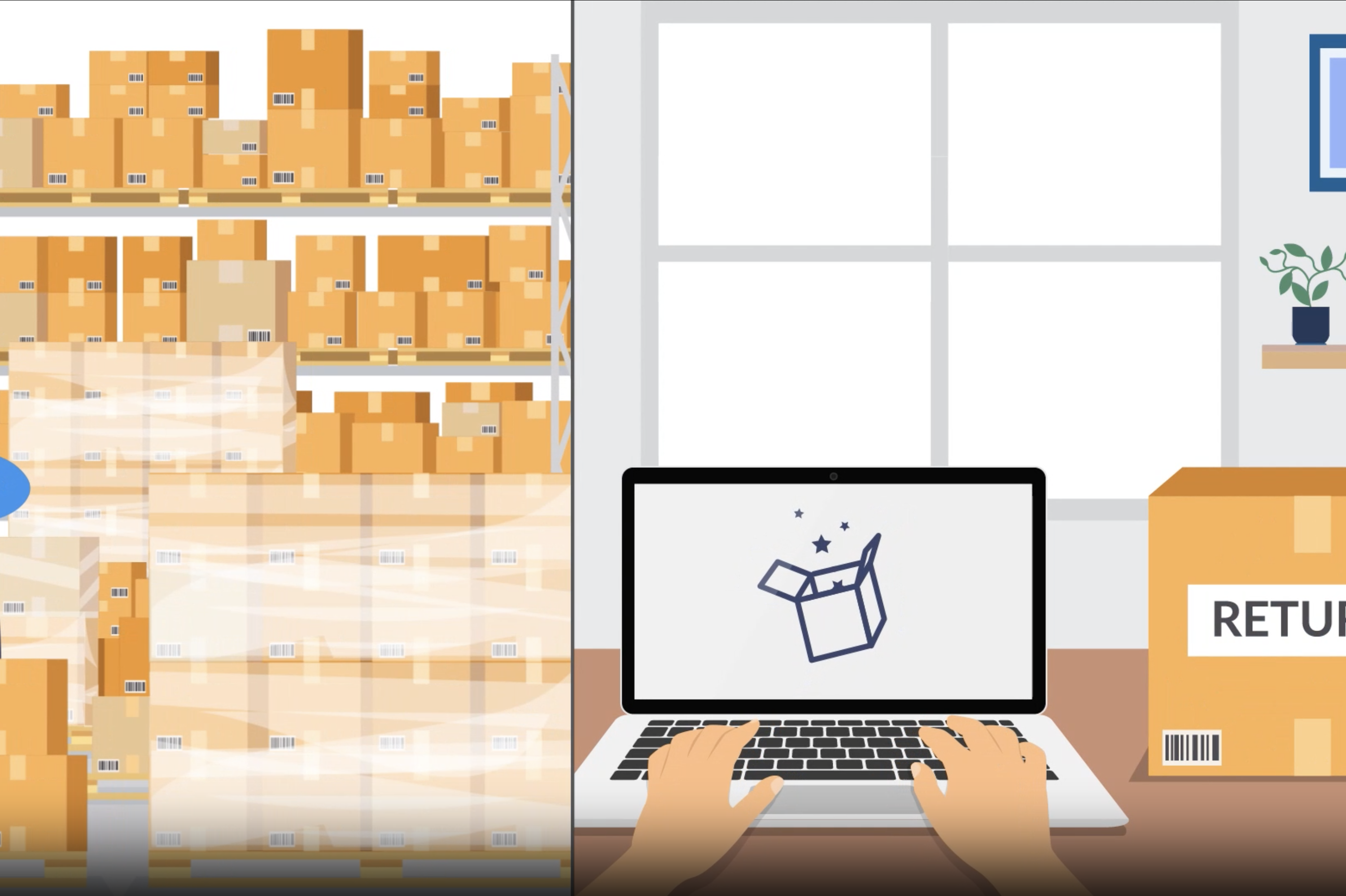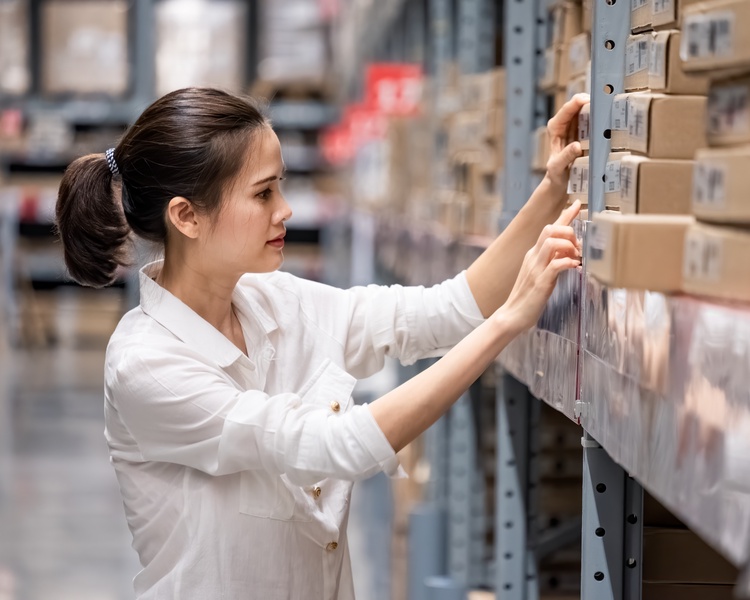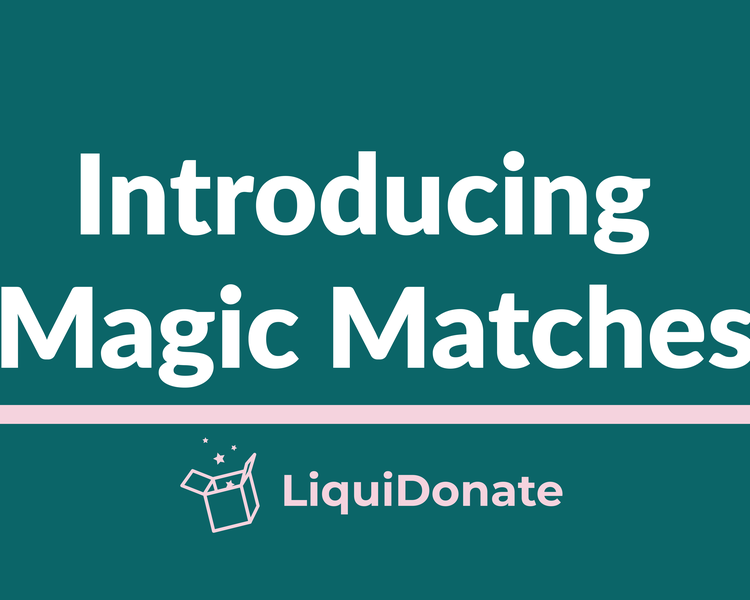
Sustainability and environmental consciousness are inseparable. Industries and consumers alike increasingly recognize the need to grow the circular economy, a system that minimizes waste and maximizes resource efficiency by keeping materials and products in circulation for as long as possible.
An essential component of the circular economy is reverse logistics, a process that efficiently manages product returns, refurbishment, and recycling. Like sustainability and environmental consciousness, the circular economy and reverse logistics are intricately linked, and climate tech companies like LiquiDonate are laying the groundwork to make it easier for retailers to extend goods’ lives through a robust and growing network.
Understanding Reverse Logistics
Reverse logistics is the management of the flow of products from their final destination back to the point of origin for repair, recycling, redistribution, or disposal. It involves product and material:
- Collection
- Sorting
- Transportation
- Disposal
By focusing on “reversing the flow,” reverse logistics aims to optimize value recovery and minimize environmental impact—especially when reducing instances of disposal and instead entering the circular economy.
The Circular Economy and Reverse Logistics
The circular economy emphasizes closing the loop, where products and materials are kept in circulation for as long as possible, reducing the need for extraction of new resources and minimizing waste generation. Reverse logistics plays a crucial role by enabling the return of used or unsellable products, which can then be refurbished, remanufactured, or recycled, extending their lifespan and reducing the demand for new resources.
LiquiDonate Is at the Center of the Circular Economy-Reverse Logistics Venn Diagram
LiquiDonate’s tech-enabled donation platform is a prime example of how reverse logistics and the circular economy overlap. By coordinating the pickup and delivery of used items and returns, they are kept out of landfills and moved into the hands of nonprofits to further their missions.
The first-of-its-kind platform also connects donors with nonprofits, facilitating the donation of surplus products, like furniture, clothing, kitchenware, school supplies—virtually anything found in the “regular” economy. LiquiDonate leverages the power of reverse logistics to redirect excess inventory from manufacturers, retailers, and distributors to those in need, instead of letting them go to waste.
The same goes for food. LiquiDonate’s Food Rescue initiative supports local restaurants’ needs to coordinate pick-up and delivery, keeping food from going to waste and feeding those in need in the City and County of San Francisco. This not only prevents waste but also contributes to the reduction of hunger and food insecurity.
By effectively facilitating the reverse flow, the platform enables the repurposing of surplus products that would have otherwise been discarded, fueling the ever-growing circular economy.
Reversing the Flow with Reverse Logistics
The circular economy and reverse logistics are inseparable. Reverse logistics plays a pivotal role in managing goods’ lifecycles, ensuring their efficient and responsible reintegration into the economy. LiquiDonate exemplifies the positive impact that reverse logistics can have by redirecting surplus products to those in need, becoming (and remaining) a driving force in growing the circular economy.
By embracing the circular economy, brands and individuals can (and must) collectively work towards a more sustainable and equitable future.
Contact us to learn how simple it is to schedule a pickup of your organization’s returned or gently loved goods.








